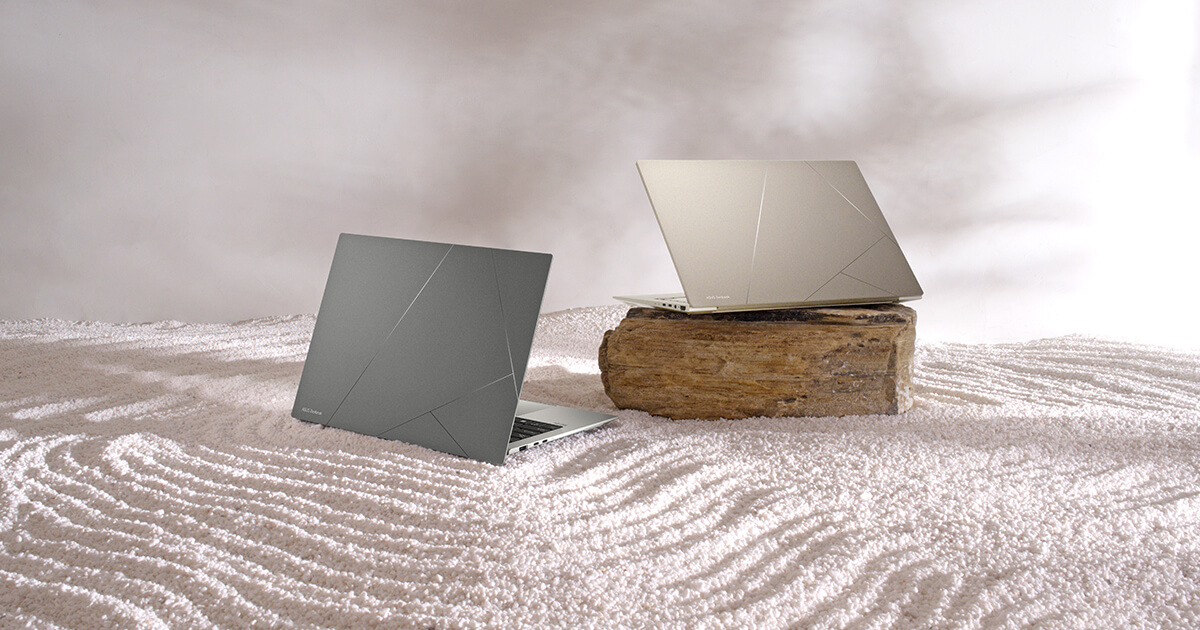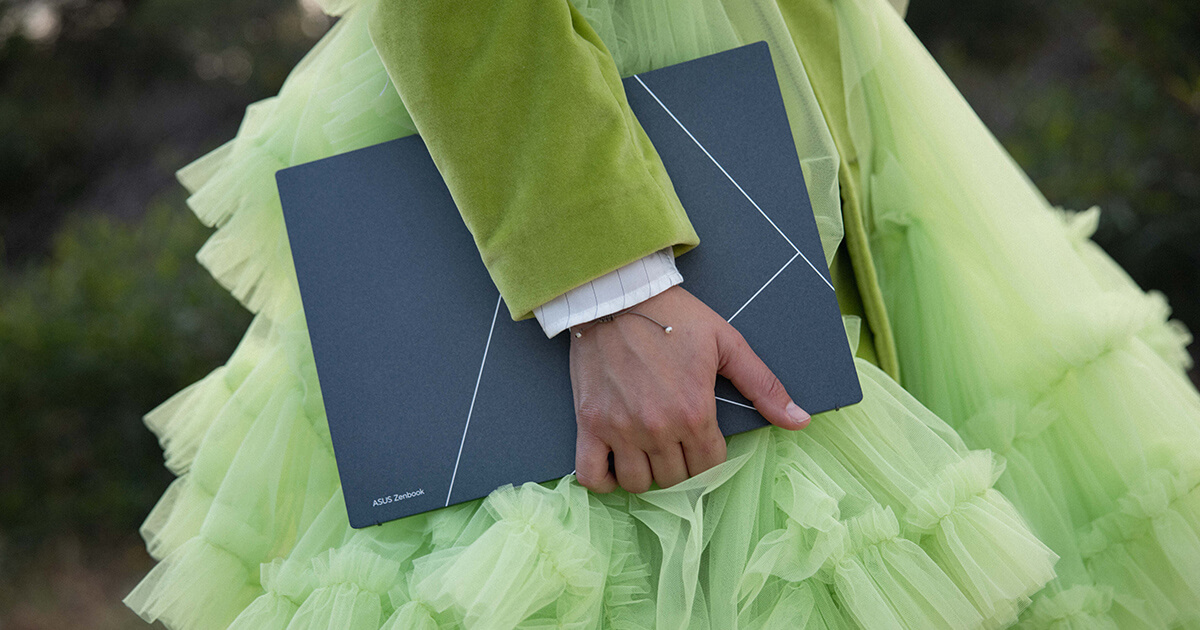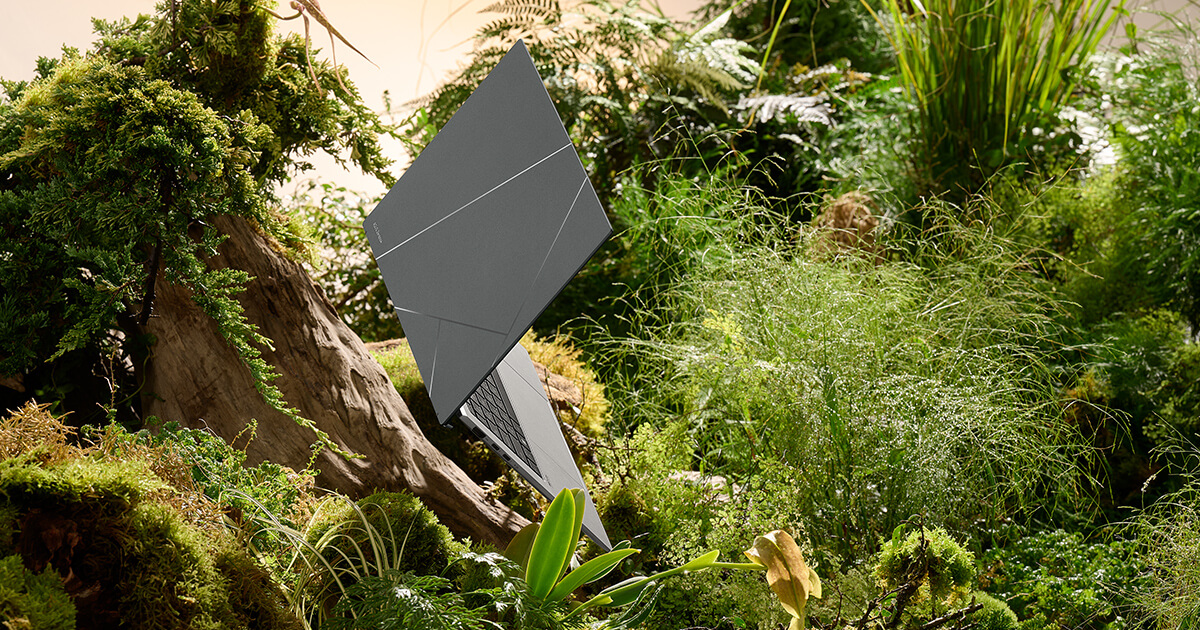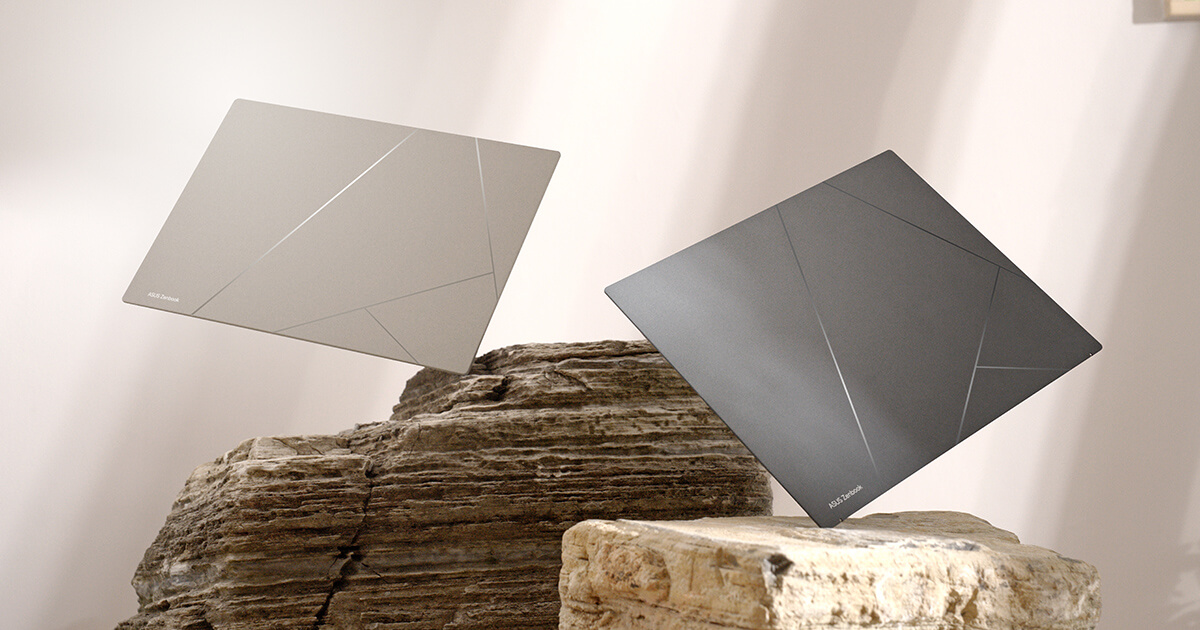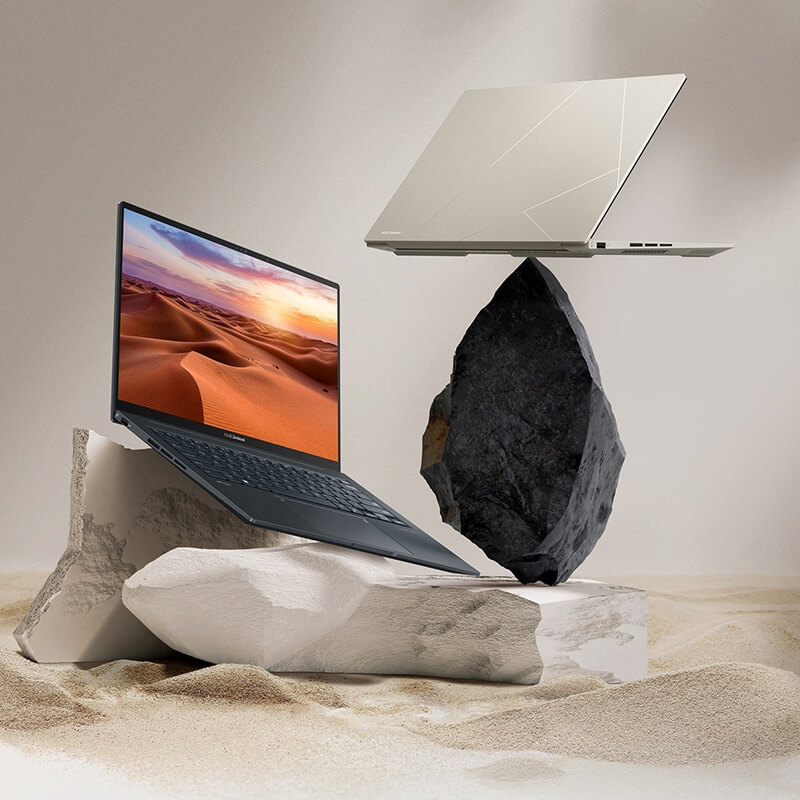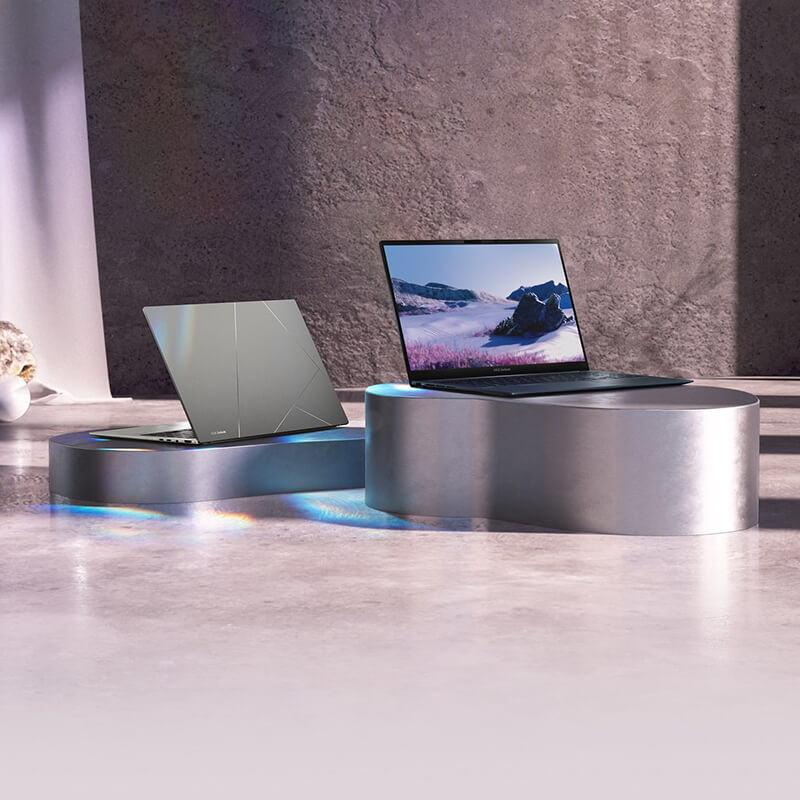Nov 09, 2023
What factors do you consider when choosing a laptop? Do you decide
based on performance, durability, weight, or its appearance? As
visual creatures, humans’ emotions are easily awakened by what we
see, which is why the appearance of a laptop is taken into careful
consideration during the design process.

Traditional anodizing techniques were introduced as early on as 1923
to produce stronger surfaces on aluminum, titanium, or magnesium –
materials we use to make the outer case of laptops nowadays.
However, as this acid-based method became popular for an
increasingly wide variety of products, it became necessary to seek a
more sustainable solution that is less hazardous to the environment.
The Plasma Electrolytic Oxidation (PEO) technique was invented as
early as 1970 and gained attention in the industry around 2010. ASUS
started looking into this technique in 2019, and successfully
produced an improved version of it in 2023 that is more durable,
more premium, more unique, and most importantly, more sustainable.
We call our unique aesthetic version Plasma Ceramic Aluminum.
Why traditional anodizing needs to be replaced
Anodizing is a metal treatment process used to create an oxide film
on the surface of the treated material. The processed material is
submerged into an acid electrolyte bath with a strong electric
current passing through for a specific period before being removed.
This process enhances and accelerates the natural oxidation process
of the treated metal, allowing the oxide film to form on its
surface. This anodic oxide finish imparts a more stylish, durable,
peel-resistant, and anti-corrosive quality to the base material.
This all sounds great, doesn’t it? However, it would be perfect if
there was an alternative to the acid electrolyte liquids used in the
anodizing process. Although all manufacturing abide to regulations,
this aspect of the anodizing process generates aluminum hydroxide
and degraded sulfuric acid. These byproducts give off toxic fumes
that can be hazardous to workers and challenging to dispose of
safely if not processed properly.
How is PEO technique more sustainable?
The most conspicuous difference in the Plasma Electrolytic Oxidation
(PEO) technique is the substitution of acid electrolyte liquids with
pure water and a significant increase in electric voltage, up to 700
volts, compared to the typical 120 V used in traditional anodizing.
This alternative offers several advantages, such as the elimination
of organic compounds, volatile organic compounds (VOCs), heavy
metals, or strong acids in the production process. The resulting
by-products are as environmentally manageable as the wastewater from
a regular household washing machine. Furthermore, PEO-treated
materials exhibit greater durability compared to traditional
anodized materials. This translates to improved safety for workers,
reduced environmental impact, and an extended lifespan for the
laptop.
What is Plasma Ceramic Aluminum?
ASUS has taken the PEO technique a step further and refined it to
create a brand-new aesthetic version — Plasma Ceramic Aluminum.
Starting in 2019, it took us over 1,460 days to bring this synthetic
ceramic treatment for aluminum to life. We have completely
transformed the physical properties of the aluminum through a
meticulously controlled electrolytic oxidization process, resulting
in a ceramic-like, stony, matte finish that sets it apart from the
traditional PEO technique.
While the PEO technique is widely employed in the aerospace and
automotive industries to produce synthetic aluminum, our efforts
have focused on extensive experimentation to precisely control the
colors and thickness of our Plasma Ceramic Aluminum. If the aluminum
is oxidized for too long, it becomes excessively thick and brittle,
losing its beautiful beige and grey hues.
This exquisite finish is not a coating sprayed onto the laptop; it's
a layer of ceramic oxidized material that grows directly from the
aluminum itself. You can experience this innovative material in our
Zenbook S 13 OLED (UX5304)
Basalt Grey version,
Zenbook 15 OLED (UM3504)
Basalt Grey version, and
Zenbook 14X OLED (UX3404)
Sandstone Beige version. If you're seeking a stylish laptop to
complement your minimalist look, we've got you covered with this
innovation.
Inspired by nature – Caring more for our planet and consumers
Thanks to the significantly increased voltage used and the
replacement of acids with purified water, the production process of
Plasma Ceramic Aluminum is more energy-efficient. It is much more
streamlined and conserves more resources compared to anodizing.
Since the oxidized layer is a result of a chemical reaction directly
on the aluminum and not a sprayed-on coating, Plasma Ceramic
Aluminum is 100% recyclable.
In addition to durability, functionality, and performance,
aesthetics have been a focal point of our Zenbook series. The
ceramic texture of Plasma Ceramic Aluminum provides a matte finish
that not only enhances grip for users, but is also adept at
repelling fingerprints since stains come off easily from it. It
offers an innovative way to present a metal alloy, exuding a
premium, minimalist feel. The improved thermal barrier of Plasma
Ceramic Aluminum imparts a cool, stone-like touch.
After extensive experimentation and comparison between anodized
coating and Plasma Ceramic Aluminum, the former displayed clear
signs of deterioration and wear, while the latter showed no
significant difference even after subjecting it to 2,000 consecutive
eraser rubs. Plasma Ceramic Aluminum not only exhibits increased
hardness but also offers greater resistance to shocks and damage
incurred in daily use, thus prolonging its lifespan.
The cherry on top is the uniqueness of every single model featuring
Plasma Ceramic Aluminum. Due to the production process involving
high voltage passing through water, the appearance of every laptop
is unique. No arrangement of ceramic grains is identical to another,
providing consumers with a one-of-a-kind laptop.
We have successfully incorporated Plasma Ceramic Aluminum into three
of our new models in 2023 and plan to expand the use of this
material across our product range in the coming years. Our
sustainability-themed model,
Zenbook S 13 OLED, also contains many other eco-friendly designs in addition to
plasma ceramic aluminum. You can learn more about our
sustainability-themed laptop of the year
here. The innovation of this technique will not cease in 2023. It
represents more than a one-time milestone, and ASUS is committed to
offering a wider variety of Plasma Ceramic Aluminum options to our
users while continually exploring sustainable alternatives.
More on Eco-Friendly Laptops







